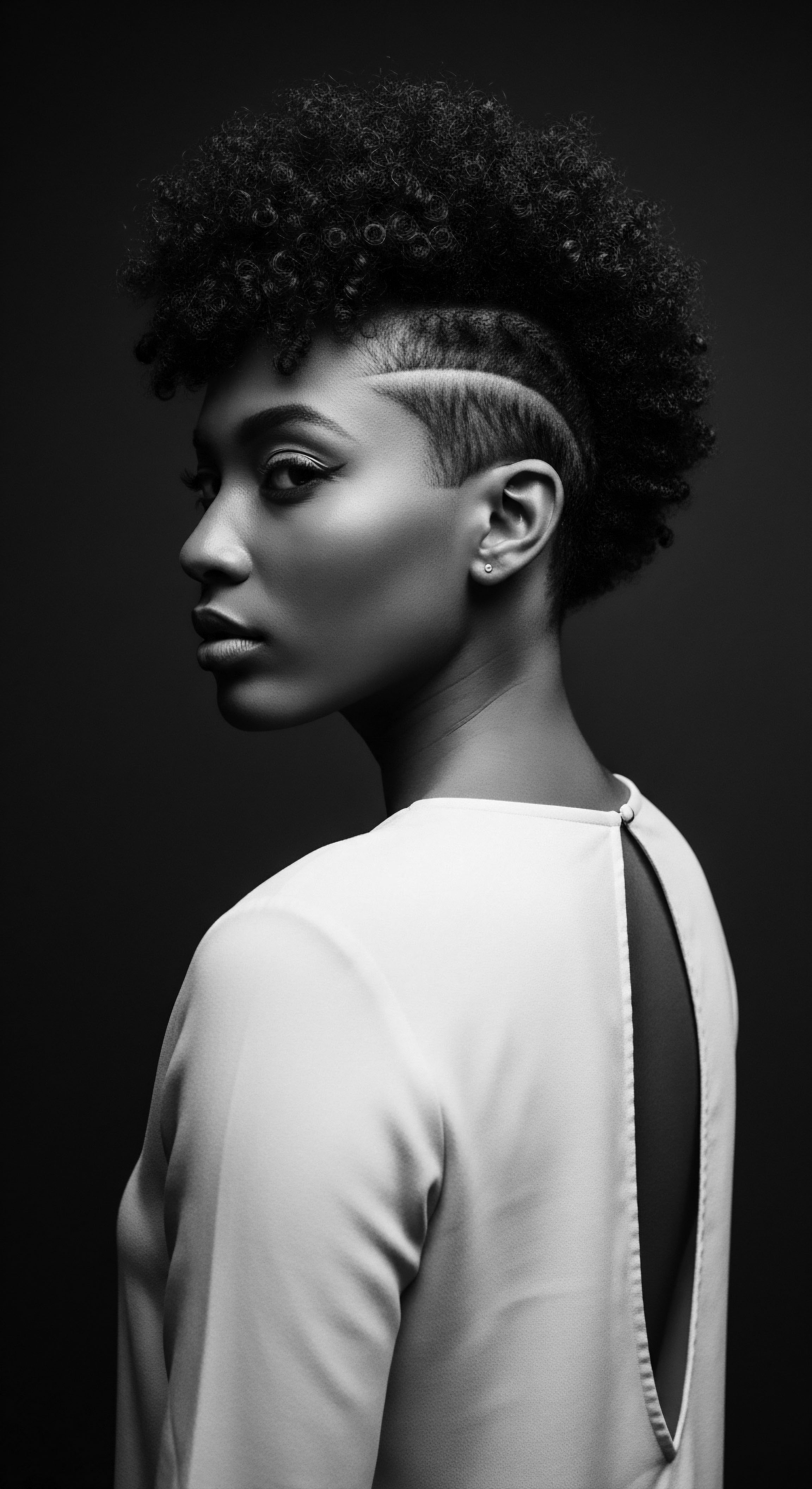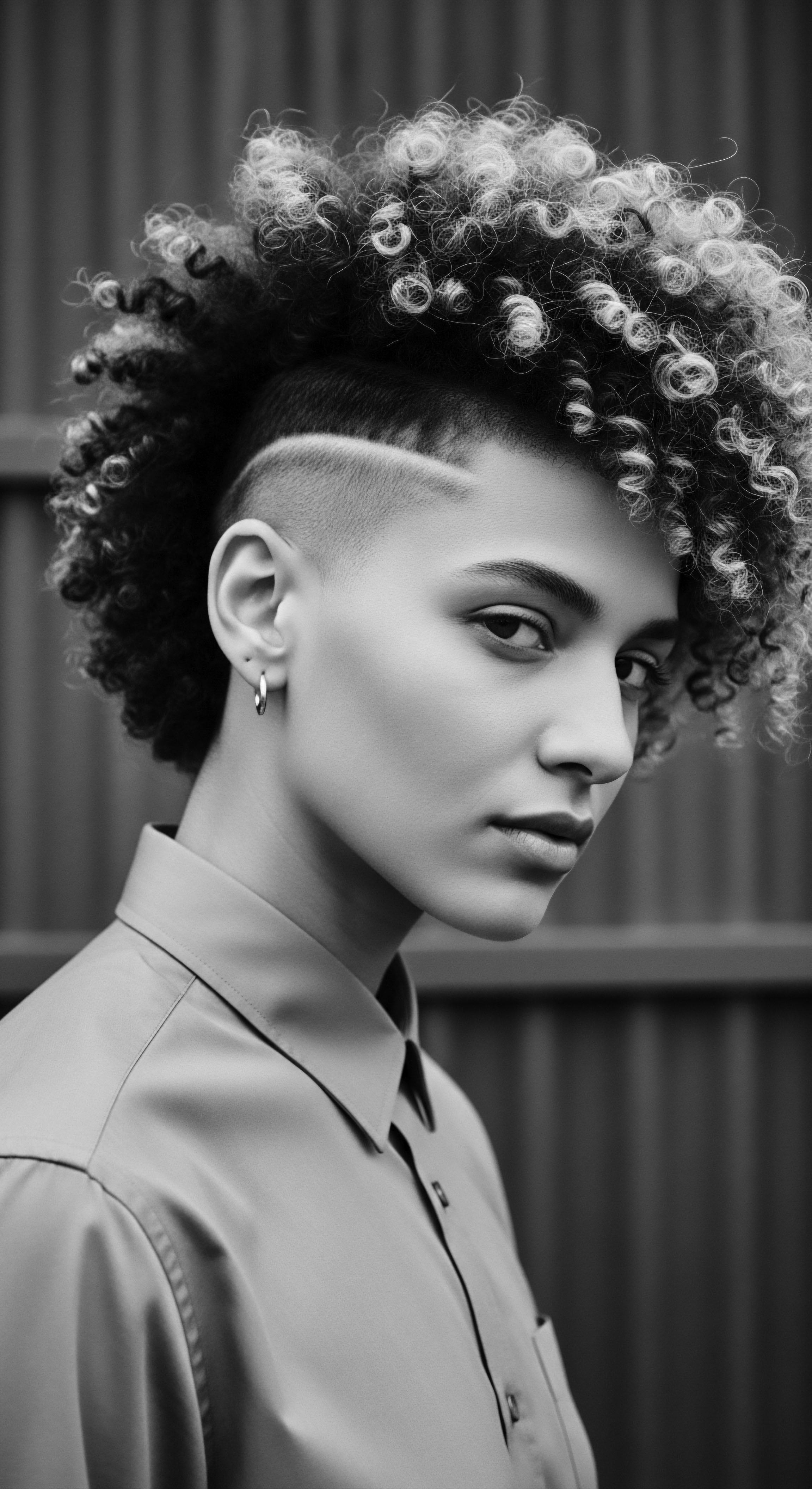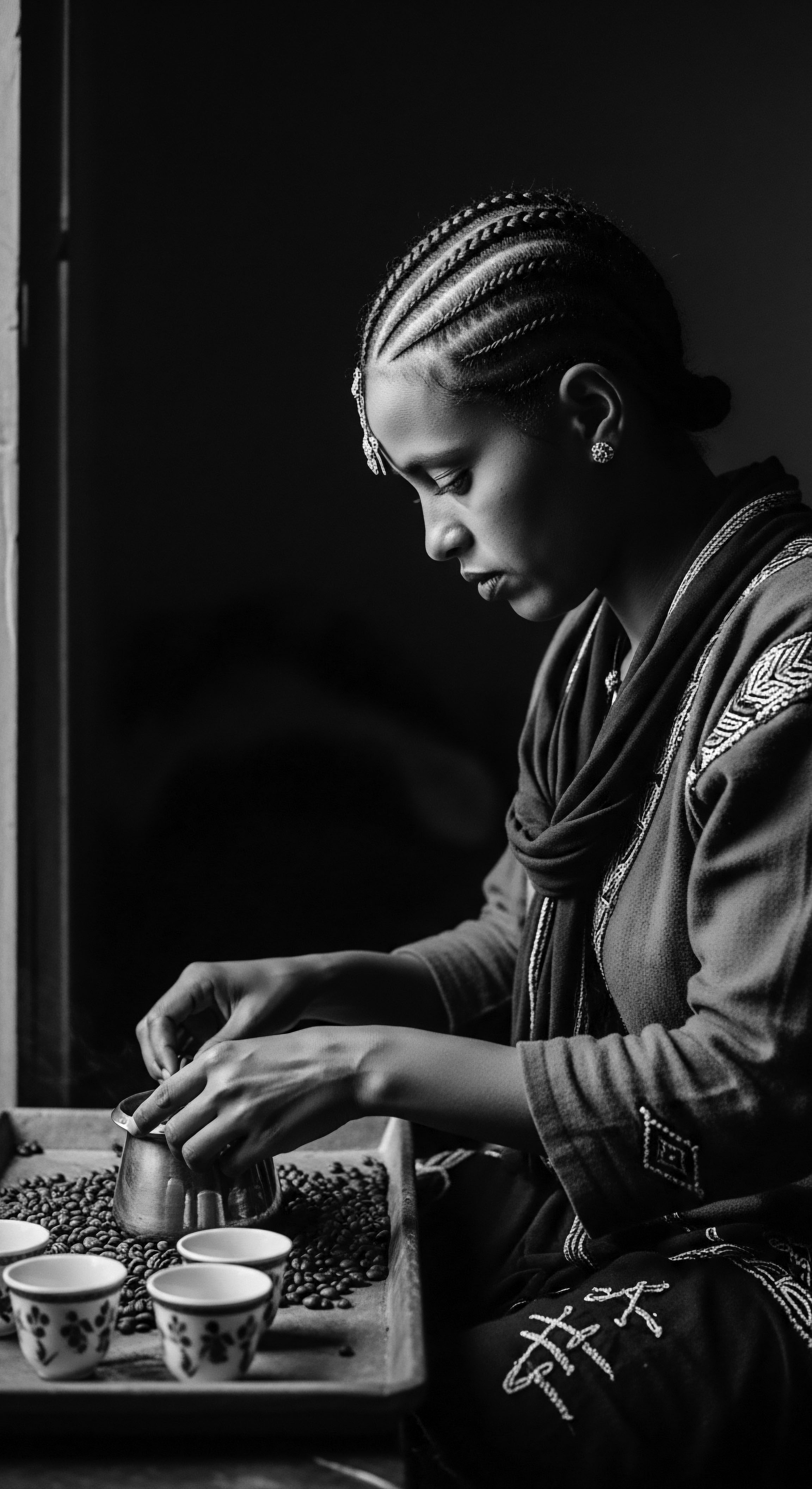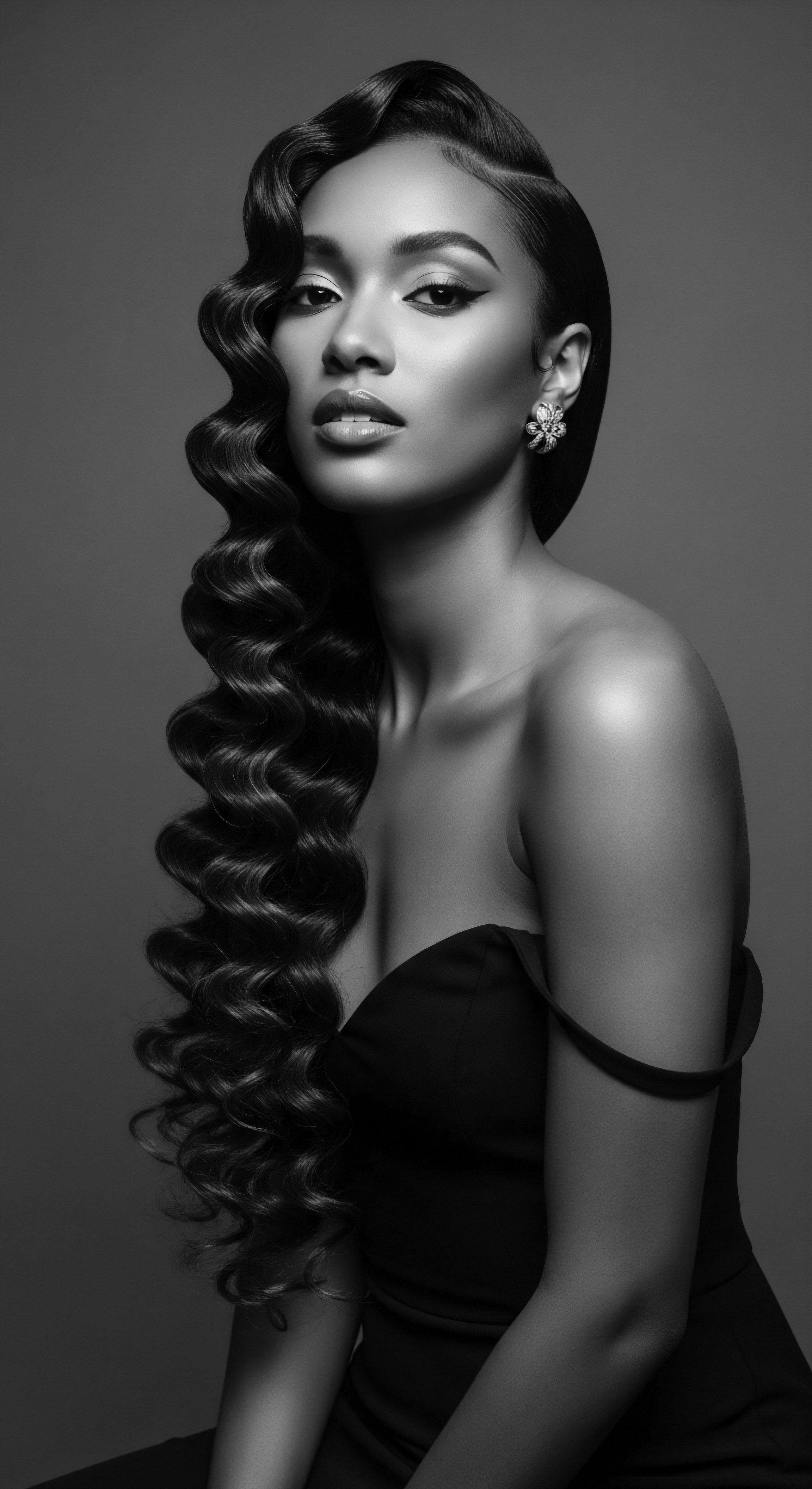
How did historical African groups care for their textured hair?
Historical African groups practiced textured hair care as a ritual deeply entwined with spiritual beliefs, social identity, and communal bonding.

Indigenous Comb Design
Meaning ❉ Indigenous Comb Design signifies ancestral grooming tools adapted for textured hair, embodying cultural meaning and historical resilience.

What historical tools for textured hair care endure today?
Combs, pins, natural materials, and protective headwraps from ancient African and Indigenous cultures endure as essential textured hair care tools.

African Headrest Significance
Meaning ❉ The African headrest embodies a profound cultural meaning, safeguarding elaborate textured hairstyles while connecting individuals to ancestral wisdom and identity.

What early hair tools were essential for heritage care?
Early hair tools like wide-tooth combs and natural fiber picks were essential for detangling, styling, and nourishing textured hair, preserving ancestral heritage.

Native American Hair Tools
Meaning ❉ Native American Hair Tools are implements rooted in ancestral wisdom, crafted from natural materials, signifying cultural identity and holistic care for diverse hair textures.

What ancestral materials shaped textured hair tools?
Ancestral textured hair tools were crafted from natural materials like wood, bone, and plant fibers, reflecting deep heritage and environmental knowledge.

What traditional practices shaped textured hair heritage?
Traditional practices shaped textured hair heritage through ancestral wisdom, communal rituals, and the use of natural ingredients for care and adornment.

